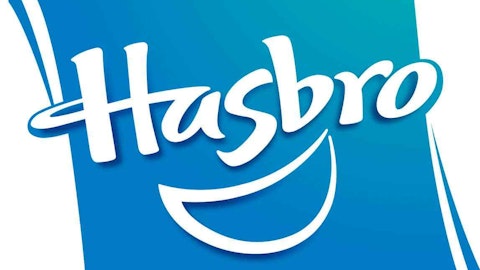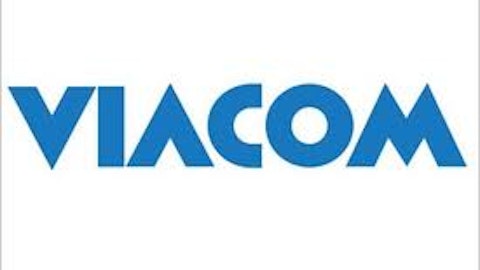In November 2012, Outdoor Channel Holdings, Inc. (NASDAQ:OUTD) announced that it would be sold to InterMedia at around $8 per share, with a total transaction value of $208 million. However, UTR, who owns more than 2% stake in Outdoor Channel, would like to stop the deal. UTR commented that the Outdoor Channel’s board ran an inefficient sale process that would not bring a maximum value to the company’s shareholders. In this article, I will look closely at Outdoor Channel to determine the intrinsic value of the company.
Business Snapshot
Outdoor Channel is considered an entertainment and media company with three main business segments including The Outdoor Channel (TOC), Production Services and Aerial Cameras. The majority of its revenue, $57 million, or 75.4% of the total revenue, was generated from TOC segment, while the revenues of the Production Services and Aerial Cameras were $9.23 million and $8.66 million in 2011, respectively. In the TOC segment, $36.9 million, or nearly 65% of the TOC’s revenue, was generated from advertising, whereas subscriber fees generated $20.1 million in revenue in 2011. Interestingly, among the three segments, only TOC was profitable. In 2011, it had $10.3 million in operating income. The Production Services and the Aerial Cameras had $1.85 million and $1.63 million in operating losses, respectively.

What I liked about Outdoor Channel was strong balance sheet strength. As of September 2012, it had $136 million in total stockholders’ equity, little debt and $65 million in cash and short-term investments. At the current trading price of $7.70 per share, Outdoor Channel is worth $194.4 million on the market. With a $208 million price tag, the deal valued the company at nearly 15x EV/EBITDA and as much as 100x trailing P/E. Compared to its peers including Discovery Communications Inc. (NASDAQ:DISCA) and Viacom, Inc. (NASDAQ:VIAB), Outdoor Channel seems to have the most expensive valuation. Discovery is trading at $70.30 per share, with a total market cap of $25.73 billion. Discovery is considered the world’s leading producer of nonfiction content. For 19 consecutive years, it has been the number 1 cable network in value to US viewers. However, with the valuation of 14.8x EV multiple and 28.4x P/E, Discovery’s valuation seems to be quite expensive compared to its 5-year average valuation of only 11x EV/EBITDA and 21.7x P/E.With the expensive valuation, I am personally not excited about Discovery at its current price.
Viacom is the biggest company among the three, with $29.43 billion in total market cap. The market is valuing Viacom at only 9.5x EV/EBITDA and 14.4x trailing P/E. In the next four years, Viacom’s EPS is expected to increase from $4.36 to $9. If Viacom can generate $9 per share in 2016, its share price might reach $130 by then, a 100% premium on its current price. With the cheapest valuation, Viacom seems to have the best upside potential among the three. Although Outdoor Channel had the highest EV multiple, it generated the lowest operating margin among the three. Its operating margin was around 9% while the operating margins of Discovery and Viacom were 42% and 27.8%, respectively.
UTR Disagrees
Regarding the sale, UTR commented in its letter to the Outdoor Channel’s board of directors: “Given its market leadership position and status as the “Tiffany” network in the space, the Company possesses significant inherent value, thereby providing it with considerable leverage in maximizing shareholder value through a transaction or other strategic alternative.” However, UTR thought that Outdoor Channel had a bad deal with a flawed sale process and poor terms. UTR said that when investors bought Outdoor Channel’s shares directly, they were investing in a pure-play broadcasting network business that had an implied target price of Noble Financial of more than 21x EV multiple. With the InterMedia merger deal, investors would be required to take stub stocks in a business with huge stakes in the shrinking publishing business that normally valued at only around 5x EV/EBITDA.
Foolish Bottom Line
Indeed, the newly combined company would not be a good investment for investors. With the lowest operating margin compared to its peers, I think a 15x EV multiple valuation could be considered high for Outdoor Channel. Existing shareholders might be better off taking cash for selling their Outdoor Channel stocks. As Viacom has the lowest valuation and the best upside potential among the three, Viacom looks the most attractive among the three.
The article Looking Closely at the Outdoor Channel Merger originally appeared on Fool.com and is written by Anh HOANG.
Copyright © 1995 – 2013 The Motley Fool, LLC. All rights reserved. The Motley Fool has a disclosure policy.

